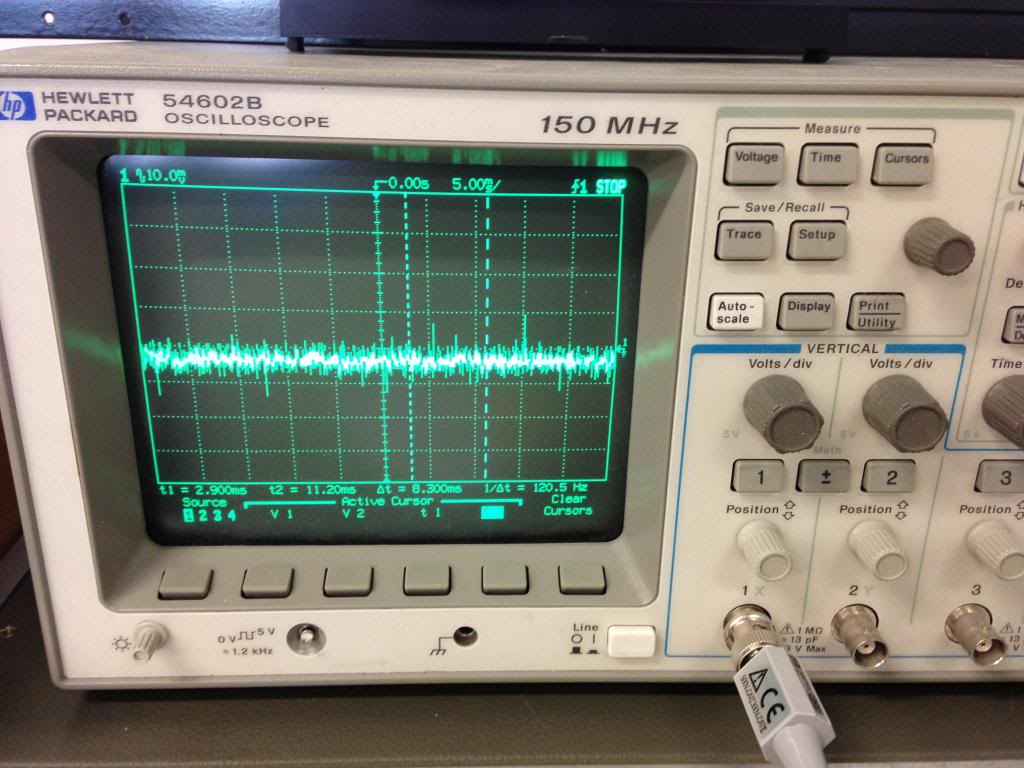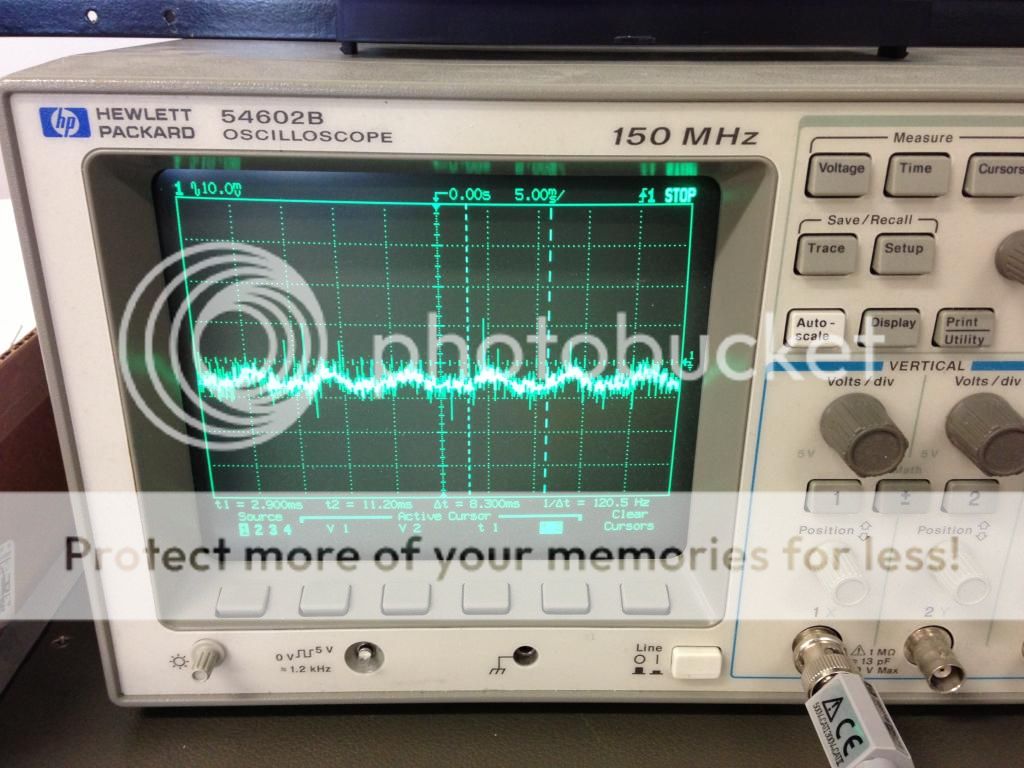 by turbotoy Thu May 09, 2013 9:16 pm
by turbotoy Thu May 09, 2013 9:16 pm
Well, I have a real lack of understanding of my power supply issue that I am hoping I can get some help with from you folks. I realize no one is really familiar with this circuit, but it should be basic power supply principals. The power supply has two voltage regulators. Output directly from these two regulators supplies B+ to the two output buffer tubes, one B+ for each channel. An RC filter is then coupled to the output of each voltage regulator, which supplies the B+ for V1/V2, the first and second stages, again one for each channel. The design intent here is to apply additional filtering to the very sensitive initial stages.
Now here's where things get weird. If I measure the AC component of the voltage, I get about 0.3 mV RMS coming directly out of the regulator. However, after the RC filter this value is about 1.1 mV RMS! Same results for both regaultors/channels. If I hook the B+ supplies up the intended way I get much more 120 Hz hum than if I hook them up "backwards." Yesterday I unsoldered the filter capacitors so I just have the voltage out of the regulator and some drop over a 1k resistor. This significantly improved 120 Hz hum, but I know things are not right and can be improved. Besides, I need to understand why this is happening!
The big question is why does the presence of the filter capacitor introduce more B+ ripple?? The only way I can see this being possible is if the ground that the capacitor is tied to actually has ripple. Why that would be, I do not know, but I've postulated that it *could* be from an unbalance in the voltage doubler. I have a scope, but I'm having a hard time getting good noise-free signals at these low ripple voltages, I'm sure because of my lack of experience/measurement technique. The DMM AC voltage method seems to be reasonable for relative assessments, but I relaize it means nothing in absolute terms. However, with the filter caps removed I now measure about 1.4 mV RMS on one channel and 2.4 mV RMS on the other channel at the output of the phono stage. The difference could be tied to the asymmetry of one of the B+ voltage regulators being used to lift the heater supply potential. Other than that, I don't know why they would be different.
I would certainly apprecaite any suggestions and/or things to check to help diagnose this. In the absence of anything else, I was thinking about using a choke in each B+ supply to V1/V2 as that's a filtering method that does not require reference to ground. However, there may be other issues going on (like ripple being induced in the CCS) if the ground has ripple, so my instinct is to try to determine and fix the root cause first.
Last edited by turbotoy on Thu May 09, 2013 9:19 pm; edited 1 time in total (Reason for editing : Fix typo.)









